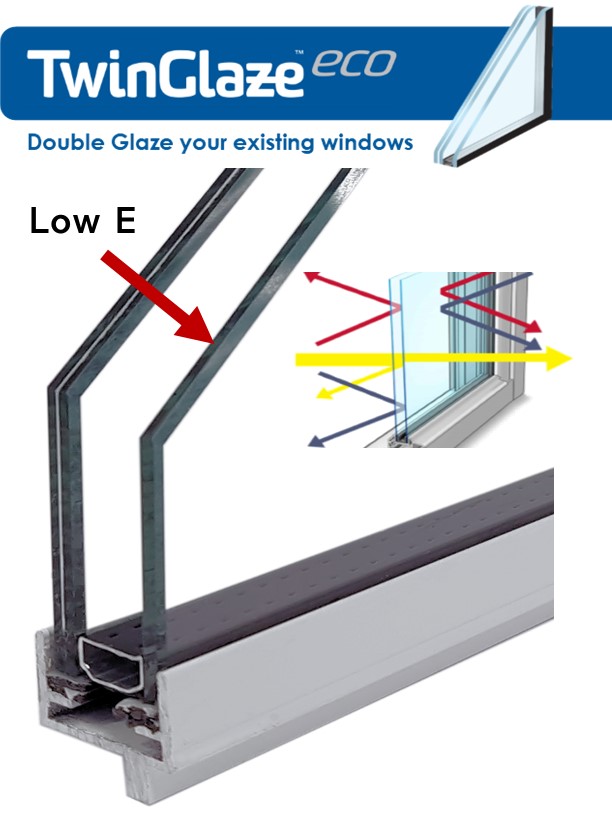All Categories
Featured
Table of Contents
Save Energy With Double Glazed Windows in Beechina Perth
Laminated glass is frequently utilized in locations in the home most vulnerable to injury from human effect such as bathrooms, doors, around staircases and in locations near the floor (it fulfills the requirements of 'security glass' that is mandated for usage in these locations by Australian Standard AS 1288 Glass in buildings).
Toughened glass has been 'tempered' by being reheated and rapidly cooled once again. This process makes it much stronger than basic glass it can withstand higher effect loads before breaking. It also makes it much safer due to the fact that, when it does shatter, it gets into numerous small cubic pieces rather than unsafe fragments.
Top 10 Tips To Keep Your Home Cool in Mount Claremont Perth
Nevertheless, toughened glass has no thermal or acoustic advantages over other glass of the exact same toning or density. Secondary glazing is where single-glazed windows are retrofitted with a transparent acrylic or glass sheet connected to the within the frame or openable sash with a secondary frame or with magnetic strips.


Secondary glazing will not carry out too thermally as a manufactured IGU, considering that it is impossible to completely seal the border, but it can supply great noise control. Window movies are a thin polymer film including a soaking up dye or reflective metal layer, with an adhesive support. They stay with your glazing to change its colour or make it reflective.
Which Double Glazed Windows Are Best For Summer? in Mariginup Perth
Applied to existing glass, some window movies can cut in half the overall SHGC of the window by soaking up and/or showing solar radiation. This can be particularly beneficial in hotter climates where cooling is the primary concern, or on east and west elevations directly exposed to long periods of sunshine. However, window movies may likewise minimize noticeable light transmittance.

For this reason, it is normally best to utilize a recognized installer of window film. Frames have a significant impact on the thermal performance of doors and windows, since energy can be acquired and lost through the frame, along with through the glass. Various types of frame will permit different levels of heat gain and loss, so mindful choice of frame is crucial for efficient passive style.
Does Double Glazing Have A Vacuum? in Lathlain Perth
However, aluminium is likewise an extremely good conductor of heat and will reduce the insulating value of a glazing unit, unless particularly engineered to reduce this. A 'thermally broken' frame is made up of 2 aluminium sections linked by a structural insulator (typically a low-conductivity structural polymer). This 'breaks' the thermal connection through the aluminium and lowers the heat flowing through the frame.
Timber frames are a great natural insulator that can match some house designs. Timber frames need to be made from types that have naturally high sturdiness or be dealt with to avoid decay and contortion.
Double-glazing Versus Low-e Glass in Murdoch Western Australia
This can result in spaces that allow air seepage unless great draught sealing (weather removing) is set up. u, PVC is a type of plastic (unplasticised polyvinyl chloride, likewise called stiff PVC). u, PVC frames offer excellent thermal efficiency, frequently better than wood or thermally broken aluminium. u, PVC is long enduring and needs really little maintenance, and can be moulded into complicated profiles that supply exceptional air seals.
u, PVC doors and windows have excellent thermal efficiency Picture: Ben Wrigley (Light Home Architecture and Science) Composite frames utilize aluminium profiles on the outer sections with either a lumber or u, PVC inner section. These combine the low upkeep and toughness of aluminium with much enhanced thermal performance.
Latest Posts
Diy Double Glaze in Koondoola WA
Glass Selector - Custom Single & Double Glazed ... in Midvale Perth
Does Double Glazing Keep Heat Out in Woodvale Western Australia